Isar Meitis joins us on this week’s The CEO Mastery Show. For almost 20 years, Isar has been involved in startups, tech, and marketing. He founded several companies growing up to 9 figures.
In this episode, you will learn:
- Why you need sales, not leads,
- The misconceptions of marketing today and how everyone’s missing the main point,
- The behavior of our buyers and what you need to know to get ahead,
- How to appear everywhere to your prospects,
- How you can sell without actually selling,
- And much more!
You’ll want to tune in to hear how Isar’s strategy generated $40M from just 25 clients.
- Want to know what’s keeping you from doubling your sales in the next 12 months? Take our quick QUIZ to get answers: Howtodoublesales.com
- If you’d like to have a profound breakthrough in your business, schedule your breakthrough call with a LIVE expert here: Chetholmes.com/Breakthrough
- Claim your FREE chapter 4 from the top 10 most recommended marketing and sales books of all time! Visit: Ultimatesalesmachine.com to find out how you Create 9X More Impact from every move you’re already making to win clients!
TRANSCRIPT:
Amanda Holmes: Hello everyone. Amanda Holmes here, CEO of Chet Holmes International. I’m so happy that I brought in Isar Meitis because, so when I heard that he’s three times CEO, first time was a start up, some venture capital, a couple of million dollars worth and realize that it wasn’t exactly the best business idea, but then his second, he grew to a hundred mil.
So I would say he’d learned quite a lot from that very expensive mistake. And then you have another business now Be the Stage, which I absolutely love. And I just have to say as a testimonial for his business, hold on. So they brought me in to speak. We spoke in Vegas. I had been at the same place with the same amount of followers for several years now.
And after the three weeks of doing that interview, I mean, 50 to 70 new followers a day. I’m shocked. And I’m looking at that versus what I was doing with my ad spend and going, there is something magnificent about what you guys are doing. And another intro into this, we just recently did a survey. We had 400 CEOs reply that their number one biggest problem is generating new leads.
That is a big, a big difficulty. And what was your response to that? Because I loved it.
Isar Meitis: That CEOs don’t need leads. They need sales. And people are so trained to think that they need leads in order to generate sales. And it’s true. You need leads to generate sales. But people forgot what the end goal is. And they kind of assume that, okay, in order to generate this number of sales, I need 10X or a hundred X the number of leads because that’s my conversion.
That’s how the funnel works. So funnels is a big deal, right? People, but people think that’s the only way I’m like, no, that’s completely messed up. Right. What you want is you want to be able to educate people, create real relationship. Build real trust. Don’t make them into leads, just educate them. And then when they would want the something that you’re selling, they would come to you because you’re the expert.
Amanda Holmes: Yes.
Isar Meitis: And so instead of saying, oh, I’m trying to get to 6,000 leads this month. So I can close 20 deals, try to hit to a hundred leads that will close 20 deals and what it’s really doing in addition to the fact that it’s a lot less stressful and a lot more relationship based than transactional driven it actually lowers the overheads insanely.
Amanda Holmes: Insanely.
And we’re about to go into this whole case study about how one podcast generated, like something like 60K the other one generated like 60 million or something insane, something 40 million. He figures eight figures. So I’m curious. So I’ll give you a piece of market data because you know, we have a market firm, and we always know market data.
So 10 years ago, the average business would use seven different marketing mediums. Today, the average business uses 15 different marketing mediums to try to get what you just said. All of these different leads from all these different places, instead of just having. What you’re saying, right. Having that a better relationship with our prospects.
Right. So can you share a little bit about this learning curve for how you’ve been able to find how to have a better relationship with said leads that turn into clients?
Isar Meitis: The first thing you need to understand is that most of your audience is not waiting there to be sold. When was the last time you wanted to be sold?
Most people spend most of their time searching for information that will help them make the right decision. Right. So, oh, I want, and it doesn’t matter. I want a new CRM or I want a new car. You spend most of your time researching. Where do you research?
Amanda Holmes: Online. 80% of B2C buyers research on social media and rather would talk on social media then to a salesperson.
I’ll give you a stat on that. There you go.
Isar Meitis: 80%. So now I would made up a number, but now we have an actual number. So people do the research on social media, on chat rooms, on forums in groups, they listen to podcasts, they read blogs. They’re not going to go to your funnel or to your tricky signup to this foreign –
It’s like, no, they’re literally trying to do the research. And if you can, help them do the research in those places where they are going back to your example, all we did with your content is chop it off to learning worthy small segments on very specific topics and release it, where it belongs. Right. So square format on this long format on that slightly longer videos on YouTube, but where it belongs, where people are used to consuming this kind of content,
Amanda Holmes: Micro content, whoo man, the world of micro content, and you’ve sold me on micro content.
Isar Meitis: So once you have that, now you’re providing value real value to people on topics that they’re researching right now. So Chris Walker, I don’t know if you know Chris Walker. If not, look him up. One of the most brilliant marketers out there. He calls it the dark funnel. People are so obsessed with matrix that they can track that they don’t understand today most of the stuff is happening today in places you cannot track.
So they ignore it because it’s not trackable. I want to track what marketing is doing. Okay. But that’s not how your consumers or your partners or your suppliers actually work. They go to these places that you cannot track to do your research, to do their research.
If you’re there providing valuable, real information that can help them make a decision, you will be top of mind. You will be somebody that will want to know more off. They will join your community. Going back to your other question, have a community, build a place where people that you want as potential clients can share information that they can learn from you and learn from each other, nurture these relationships.
So you ask you, you kind of shared about the fact that we have this, this case study. So both my partner and I have podcasts that we’ve launched roughly at the same time, about two years ago. And we have X number of listeners, nothing crazy.
And we’ve got a few deals. I’m consulting, I’ve invested in a business through that. So we’ve done some, so, you know, probably 40, 50, $60,000 worth of revenue that came from these podcasts as leads or people that we connected. Not bad. Right. Pays the bills. So instead of investing money in the podcast, it actually pays for itself.
But if you’re a $5 million business, $20 million business, a hundred million, it’s like, I don’t care about $60,000. It’s wasting my time. So our largest client today is $150 million company. And what we’ve done different from them than a podcast. We said, okay, how do we build relationships? The problem with the podcast.
And again, don’t get me wrong. A podcast is an amazing platform to build relationships and network. The only problem is, it’s what we’re doing right now. It’s one-to-one only, so you’re doing an interview. It’s me and you. You’ll get to know me better. I get to know you better. It’s fantastic. But that’s where it ends.
So to build a hundred million dollar company on one-to-one relationships, you’ll be interviewing all day and all that. Then you won’t get any sleep and you won’t be able to run your company. But if you’re doing a live show, if you’re doing it live where people can join, now you’re doing one-to-one like we’re doing right now. You’re doing one to few. Because you have people in the audience that you’re interacting with and it needs to be in your mind, you need to call out people in the audience need to be active in the chat. You need to let them ask questions. You need to bring them to the stage and let them share the stage with you and the guests.
So now you’re generated another relationship with the guest and those people. Now think about if you’ve ever been on a stage and most CEO’s have been on some stage, either, even just the company stage, you get off the stage. There’s people who want to talk to you. But whoever shares the stage with you, they want to talk to them as well because people assume that the people on stage are the same elk, the same level, the same prestige, the same.
It doesn’t have to be the case. So if you elevate somebody to the stage, now they have this pixie dust on them as the other person. Going back to your content, you take that content and you generate the content as if your potential client who literally just came to ask a question. And he’s not a lead, he’s just a guy doing research that you provided access to the guest.
So if you and I are doing this live right now, and you’re a guest on my show and I have people listening and I’m like, Hey, you can ask Amanda something like holy crap. And what kind of universe I have access to the CEO of it just, it just doesn’t happen. But now it happens. And the content, the piece of content, it’s just the two of you. I’m not a part of it. The show is not a part of it.
So now you have this magic where you. 1 to 1, 1 to 2, few relationships still investing one hour. And then the end of the magic is what you said. Now you take this piece of content that would have been 15 minutes, 30 minutes, an hour worth of conversation, and you chop it off to micro content of micro content, quick to digest, but really valuable piece of information.
In the format where it needs to live. So for social media, for TikTok, for YouTube, for whatever your potential customers on Instagram, correct. So depending on where your audience is, yeah. This becomes one to many. Now thousands, tens of thousands, millions of people can see the content that you still generated in that one hour.
Amanda Holmes: I love it so much. And I’ve seen the results, right? I’m looking at this going, whoa, this is magnificent. I have to recreate this. I used to do this actually. Years agoa I would do interviews and I would be live on Periscope. I’d be, I’d ask them, is it okay if I go live? And they’re like, you’re going to go live.
I’m like, yeah, because then we would have a live audience and then I can interact with them. So what you’re saying makes sense to me and you do build that bond and then when you call them out, They feel so proud. Right? So I used to be a singer song writer. I’ll prove your point again. When I was a singer song writer, I would close the entire room, always on my CD sales, but it was because I knew every single person’s name in the room.
I would play at a coffee shop or a bar. I, by the end of it, we had had a whole experience together. Right. And they never forgot it. Some of them have become clients now changing over to my business model. But I love this approach of being able to utilize your community and bringing them into your content and then repurposing that content. So then they get elevated. I just, I love it.
Isar Meitis: And I’ll say one more thing about the community. People are like, oh, why do I need a community? Like. The community becomes the best social validation for everything that you’re doing, social validation.
So what happens is now somebody goes to the community and say, Hey, you know, I’ve heard about Amanda and I’ve heard about the Ultimate Sales Machine, but I’ve never actually tried it. Does it really mean. Right. And then, you know, 50 people are going to say, yes, it’s awesome. Try it out. And 10 people like your biggest fans, the people that have been on the show, the people that have been guests on the show that you’ll love the, dresser’s going to say, write a whole fricking blog as an answer.
And we see that happening with our clients all the time. So now they’re not asking the company, they’re asking a community of people that are quote unquote independent. Right. And they’re getting an answer that if you provided or whatever, of course you will say that. But no, it’s somebody else that is independent, that is not affiliated is giving them everything.
They want to know, again, to answer questions that they’re doing in their research that cannot be tracked anywhere. Can’t be tracked. It. Can’t be tracked.
Amanda Holmes: Don’t say that to me. I still want to track.
Isar Meitis: There’s a lot of things. There’s still a lot of things you can track, but don’t think that because the cookie told you that this is the last click that.
That’s why they became your client.
Amanda Holmes: Well, but I did track, so I tracked how many followers I was getting and I paired it up with the micro content that was rolling when you guys started releasing that. So there was some tracking involved that happened there, but I couldn’t say which video it was. I just started seeing it starting to roll in so effortlessly and easily
Isar Meitis: It’s exactly this.
[00:13:01] So you got to let go of the mindset that there’s a direct, I can track the click here that when here that did the funnel. It’s not happening. Today’s world doesn’t work this way anymore. And the problem is CEO’s, especially with larger companies, invested hundreds of thousands of dollars in different software to track things.
So now they want to track things I’m like, but your clients are researching on social media, any groups and in chat rooms. So what you’re tracking is what they’re trying to buy, they’ve already mostly made the decision based on the research they’ve done and you’re not there. So the magic is creating this community, having a live interaction with your potential clients, educating them, don’t sell anything.
Just give them, help them, make the decision they want to make, and you’ll get customers instead of “leads”.
Amanda Holmes: Oh my God. What a great conclusion to that, to how, how do they find, where can I tell people to find you be the stage where.
Isar Meitis: First of all, be the stage has to bethestage.live because we produce live shows for people and build communities for people to do everything we just talked about.
Uh, and you can find me on LinkedIn as Isar Meitis, and there’s only one Isar Meitis on LinkedIn. That makes it very good. Yeah. There’s a benefit of having a name nobody can pronounce.
Amanda Holmes: I am not the only Amanda Holmes on Instagram. So I had to take my salsa name.
It’s Amandita Holmes on Instagram. Amanda Holmes doesn’t care about her Instagram and I keep trying to get it from her. But unfortunately, I am my salsa name. But I love that you got your own name. Yes. So you can all find Isar there as well as Pablo. Pablo’s the other half to bethestage. He was absolutely magnificent.
Isar Meitis: The better looking, smarter half. It’s Pablo Gonzalez.
Amanda Holmes: You two are a very powerful team. I can’t wait to see the more that you create.
Isar Meitis: Thank you so much.
Amanda Holmes: Thank you.
Isar Meitis: This was awesome.
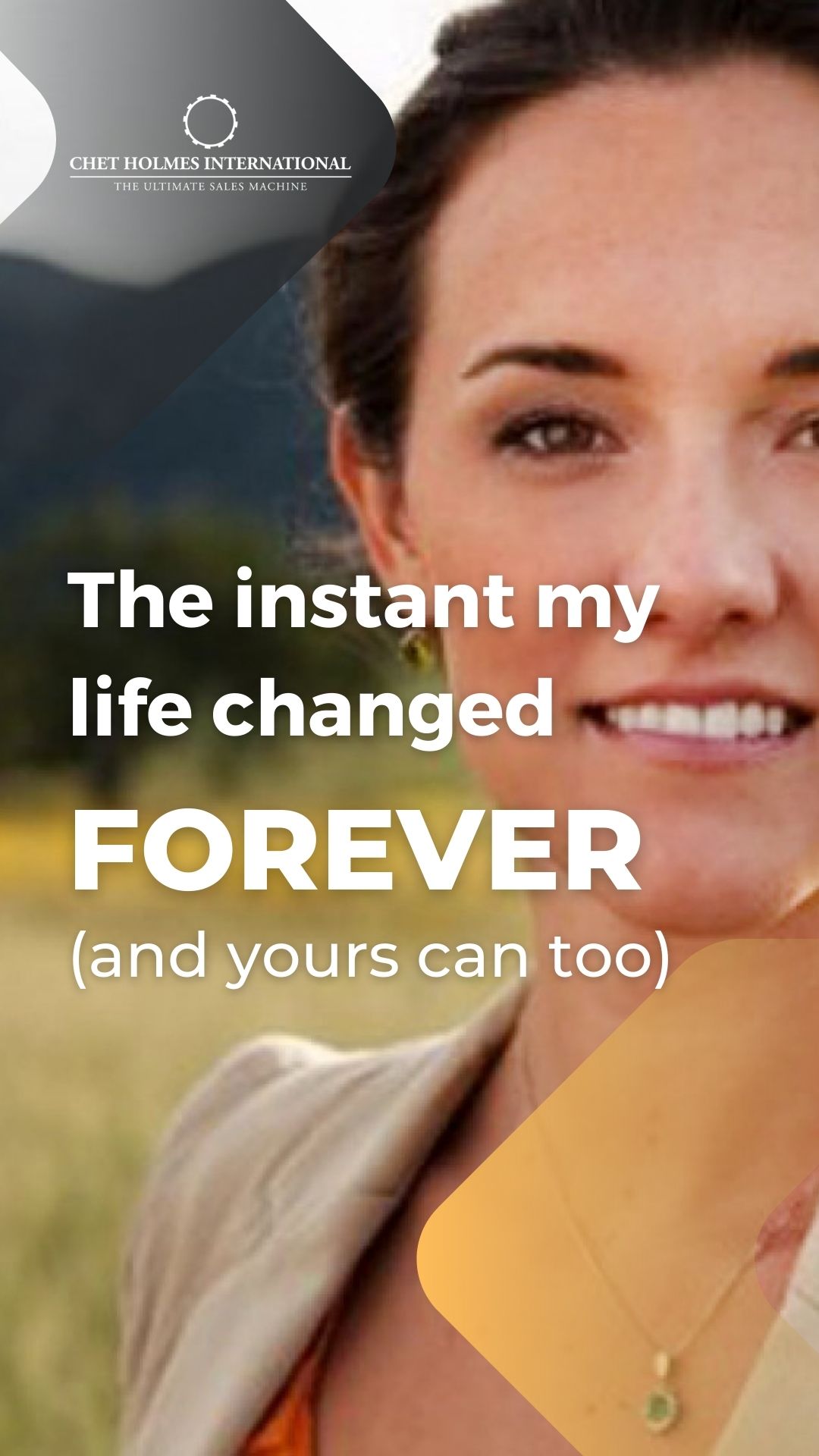
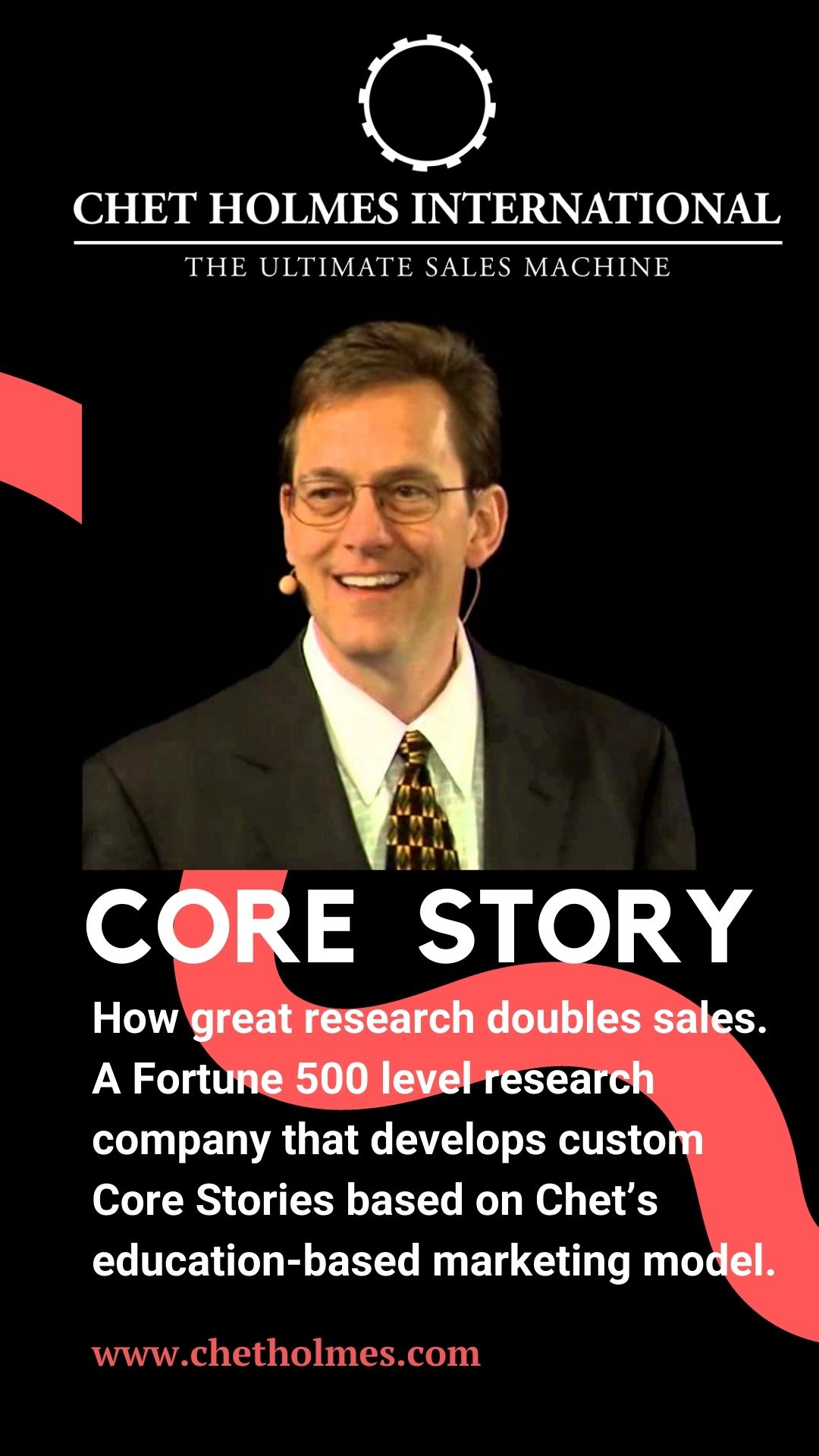
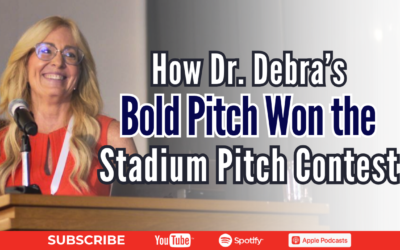
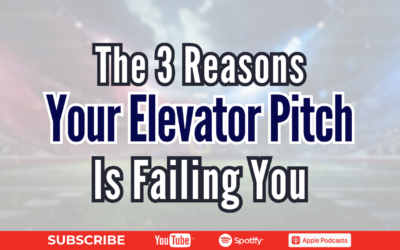
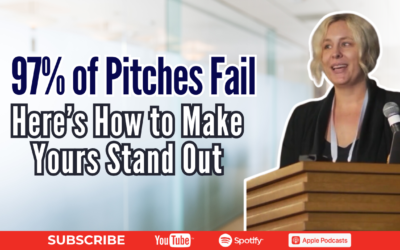
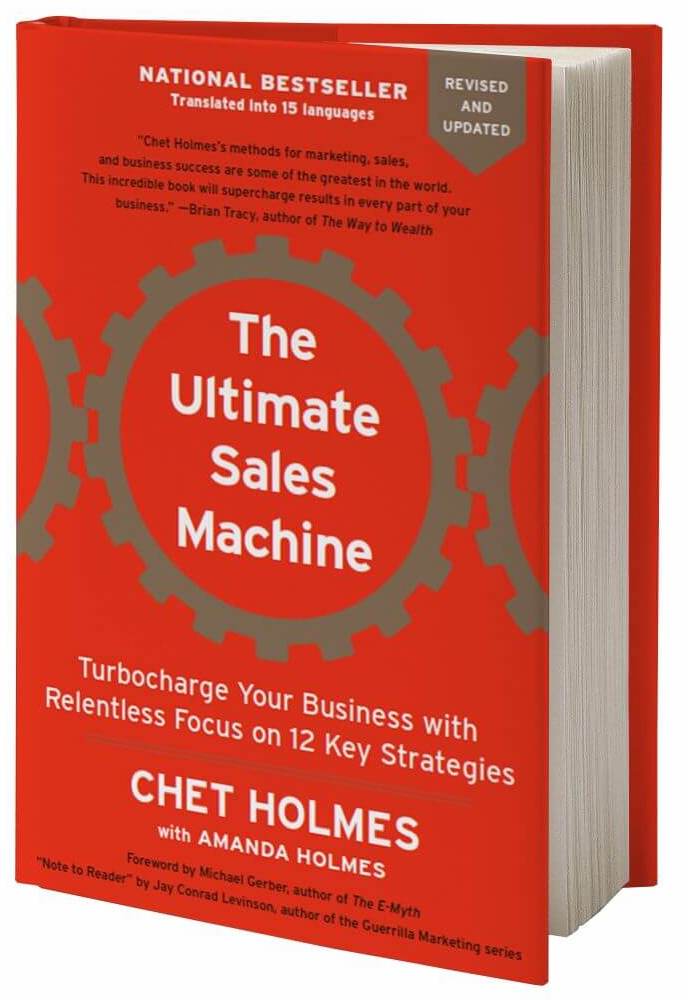 Get your pre-sale copy of the new edition of The Ultimate Sales Machine! (With special limited time bonuses)
Get your pre-sale copy of the new edition of The Ultimate Sales Machine! (With special limited time bonuses)
0 Comments